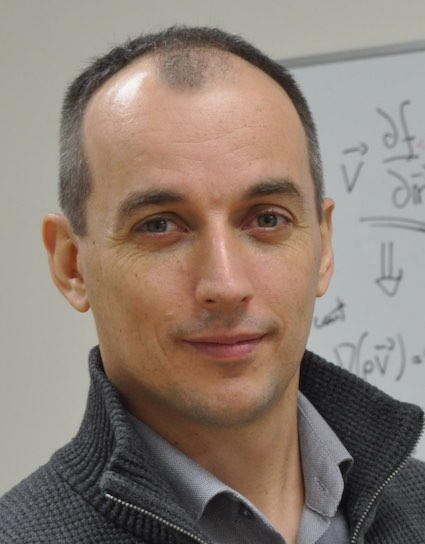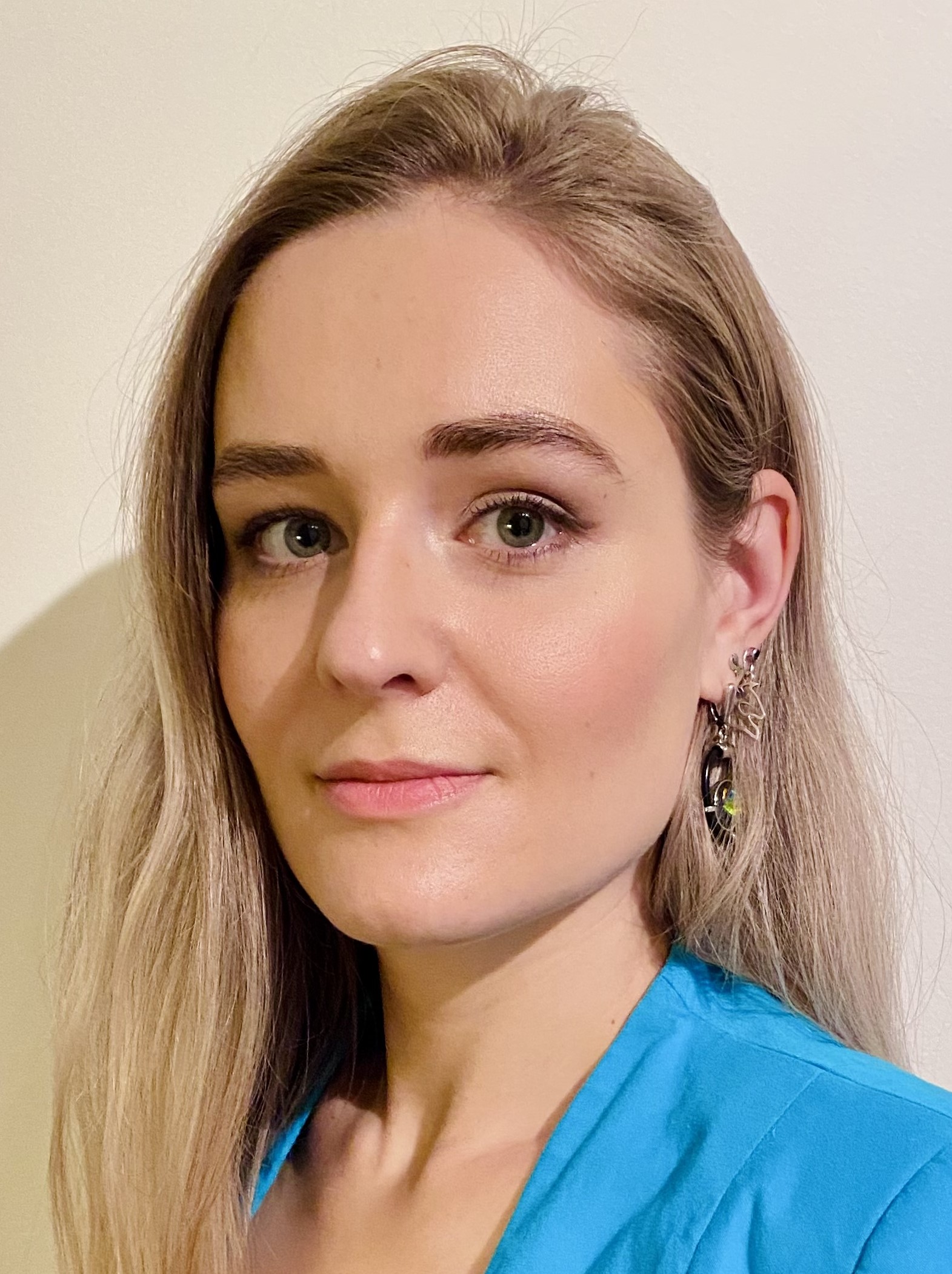
Antarctic ionospheric and space weather research at Troll station
In the polar regions, the ionosphere, which is the outermost, partially ionized part of the atmosphere, is directly coupled to the Earth’s magnetosphere. This is a very dynamic connection, which strongly depends on the activity of the Sun. This interaction is a key element in the understanding of space weather, which has an increasingly important impact on human activities on Earth and in space, including, but not limited to, communication and satellite-based navigation.
In particular, close to the magnetic poles, the charged particles from space that are accelerated in the magnetosphere to large energies can penetrate down to the ionosphere and collide with atmospheric gases, giving rise to spectacular lights: aurora borealis (northern lights) in the north and aurorae australis in the Southern hemisphere. The state of the ionosphere is then changed, and associated space weather effects can affect propagation of radio waves and decrease the accuracy of Global Navigation Satellite Systems (GNSS) such as GPS or Galileo, which depend on receiving the signal from satellites.
Studying the ionosphere in the polar regions is very important to understand the global ionosphere-magnetosphere system, and to determine the space weather effects in those regions. To understand better the ionosphere in the southern hemisphere, we have established through this project the Troll ionospheric observatory at the Norwegian Troll Research Station in the Queen Maud Land, Antarctica. We operate a GNSS scintillation receiver for studying the quality of GPS and Galileo navigational signals and monitor the changes in the ionospheric electron content, the all-sky-imager with filters, which monitors auroral dynamics in specific wavelengths, and the all-sky-camera which takes images of the aurora and cloud cover in all colors.
Our measurements have been studied together with data from other stations in the Queen Maud Land (e.g., SANAE-IV and Neumayer-III), and with the satellite data. The first scientific results from Troll, which focus on the aurora australis have been published. In addition, we have studied irregularities in both hemispheres by comparing plasma variability in the Arctic and in Antarctica, by performing a larger statistical study with the ground-based instruments and the Swarm satellites. These results have been presented at conferences and are now being prepared for publications.



